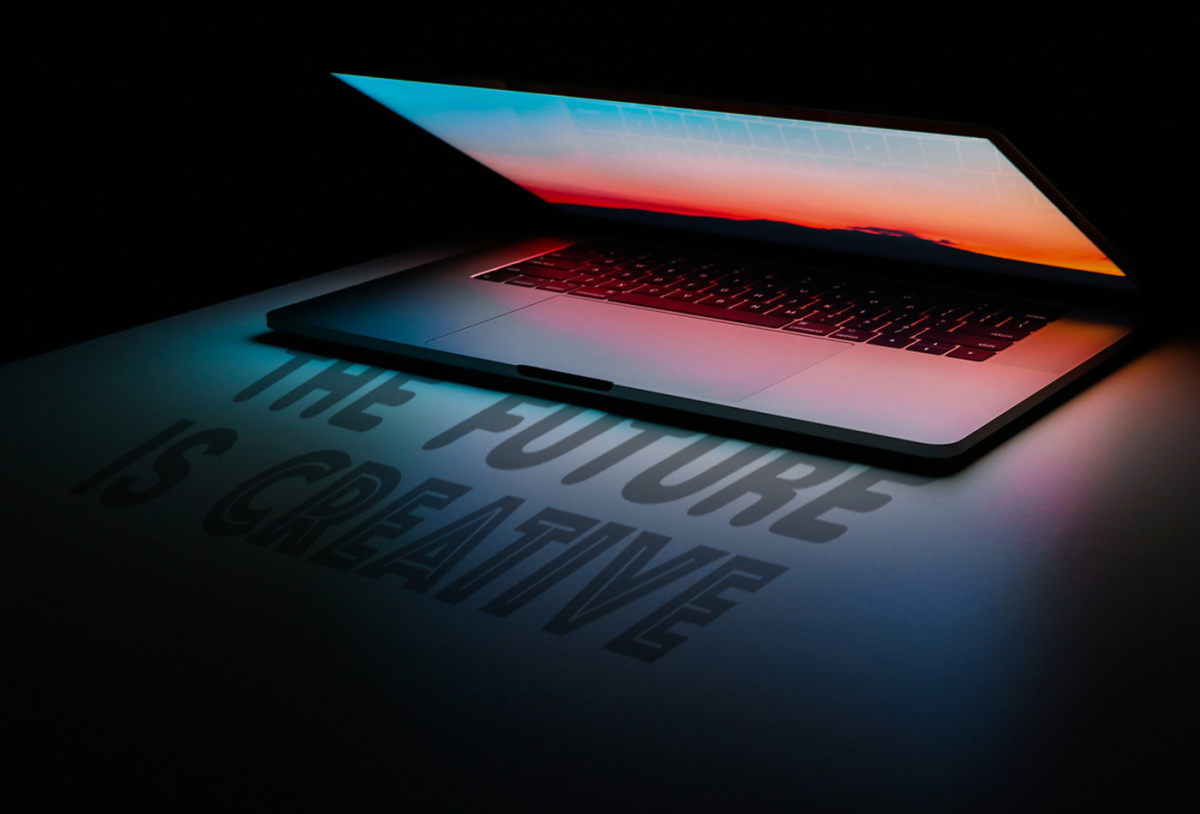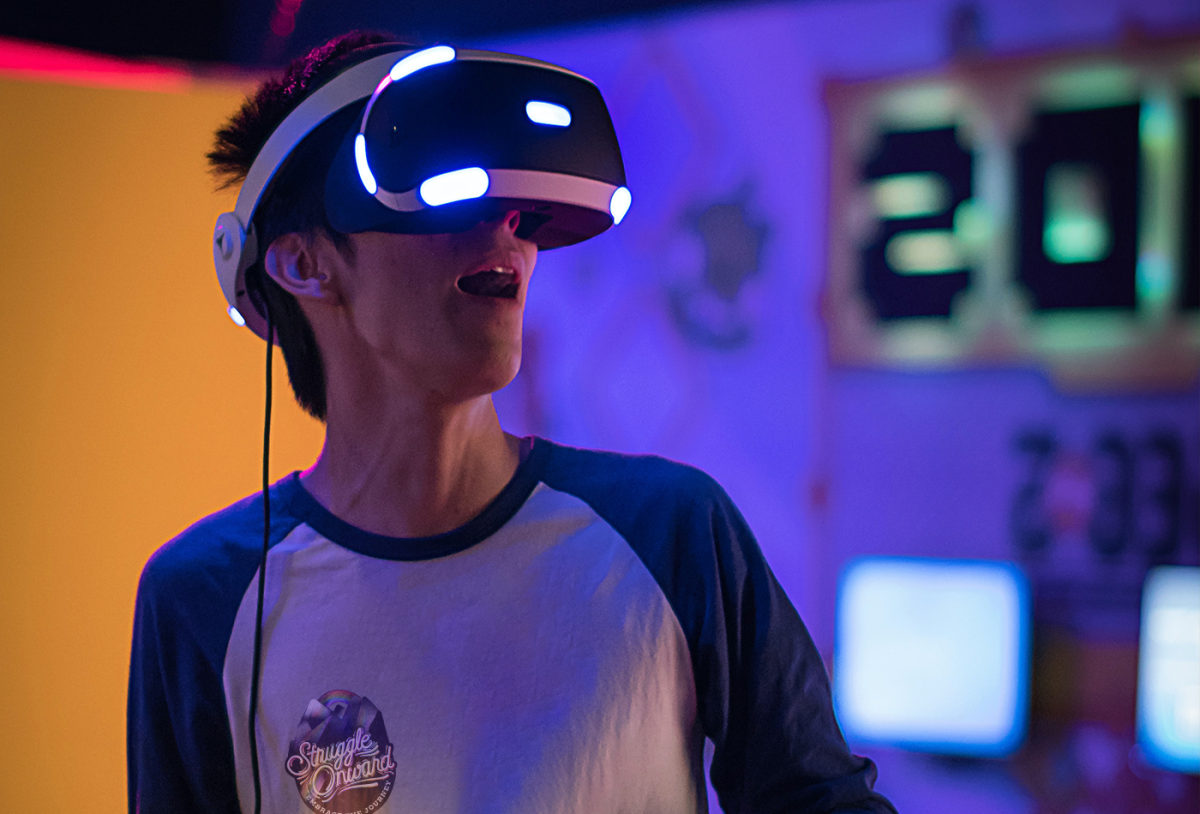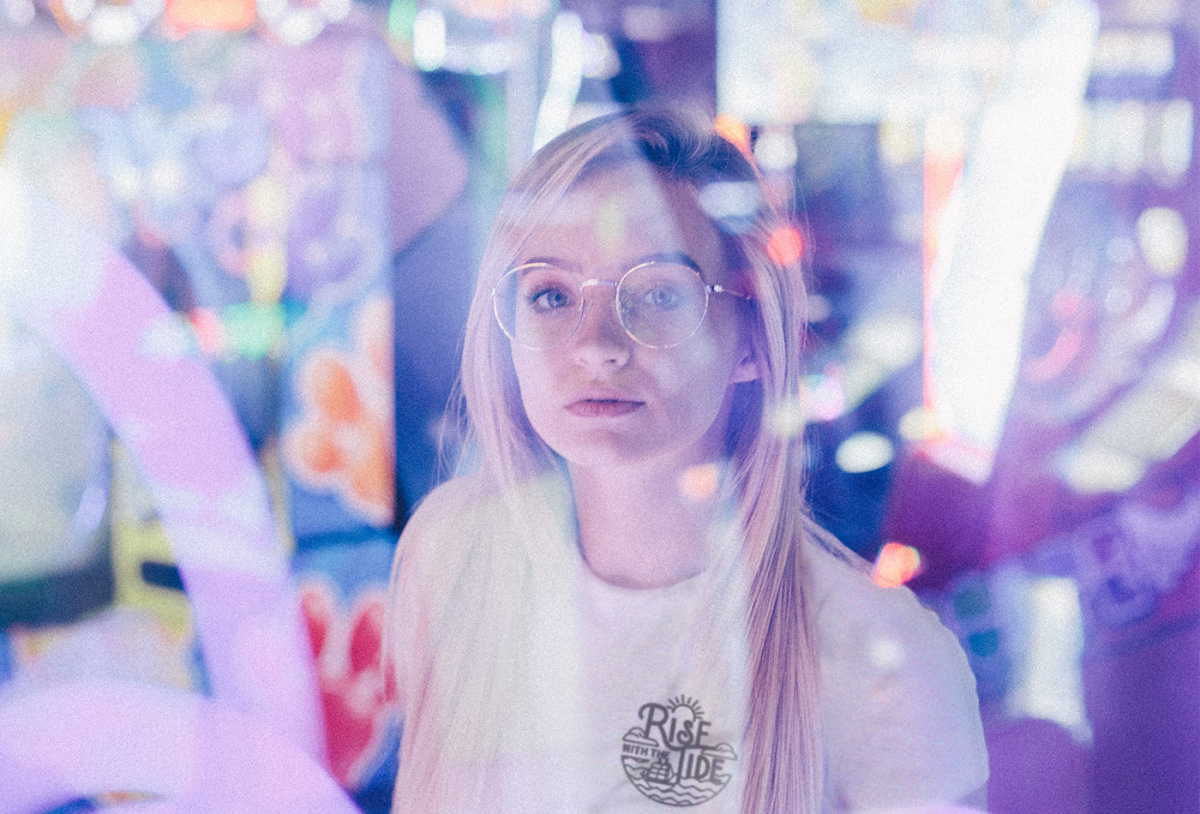
Marketing is the process or technique of promoting, selling, and distributing a product or service – if you’ve never put any marketing processes in motion to promote a product or service you’ve most certainly been on the receiving end of marketing techniques. Understanding the process and what techniques are commonly put into play for marketing efforts can be beneficial not only for those looking to move product or obtain clients but also for those of us trying to avoid the temptation to buy. Let’s take a peek behind the curtain – break the 5th wall of marketing and explore some tried and true as well as new emerging marketing trends.
Brands will be focused on:
1) Audience engagement.
2) Inclusivity and social impact.
3) Humanizing the brand.
4) Manufacturing authenticity.
Marketing Designers will be focused on:
1) Integrated text and graphics.
2) Bespoke digital experiences.
3) Game-ified content.
4) 3D and Augmented reality.
When most people think of corporate America, they might think of huge companies with thousands of employees, the C-suite executives, and the CEOs. But those aren’t the only people who work in corporate America. There are also the administrative assistants, accountants, and other skilled workers. Americans are starting to hold corporations accountable they are seeking transparency and widespread change for equal, fair pay and practices. Corporate America needs to adapt to these societal demands in order to retain top talent, loyal customers and continue to be profitable in the future. Here are a few key things we may see companies big and small working on in the coming years.
Brand Focus #1: Audience engagement is not a new focus for marketing, how engaged your customer is with your brand has always been important, but it has never been this easy to track. With integrated engagement metrics on all social media platforms for business as well as analytical tracking capabilities, honing in on user engagement allows brands to identify power users, strengthen relationships with existing clients and convert new leads. Expect to see more brands promoting direct messaging, polls and other methods that give the illusion of a direct human connection or direct impact on the brand.
Brand Focus #2: Inclusivity and social impact – Simply put companies need to be conscious of including more diverse groups into their workforce. For the largest companies the best move to align with social progress is to establish an ethics board, comprised of a diverse segment of employees, not only from different social or cultural backgrounds but individuals with true insight into differing aspects and levels of business operations. Corporations need to step up their philanthropy efforts and embrace their ability to enact large scale change without endangering the health of the company. Expect to see more corporate philanthropic news or at least performative efforts featured in advertising campaigns.
Brand Focus #3: Humanizing the brand. The most obvious way a company humanizes their brand is by establishing a real human spokesperson or a celebrity endorsement – though this can be a risky choice, since then the brand is betting this real person is as wholesome and lovable as they’re portraying them to be in their marketing efforts – think Subway’s Jared. In truth most companies hire a relatively unknown actor (at the time) who is then repeatedly used in the marketing efforts of the company, as their wholesome relatable “Sam Every-person”. Think Progressive’s Flo, AT&T’s Lily, Toyota’s Jan, Allstate’s Mayhem guy – or in the case of State Farm’s Jake who began as a real employee but was soon replaced by an experienced actor. Expect to see more spokespeople popping up in the coming years.
Brand Focus #4: Manufacturing authenticity. With the advancement of AI technologies and auto-responding chat and SMS systems marketing has seen a massive increase in all industries to attempt to connect and engage audiences with fully fabricated custom interactions or user journeys. It used to be that only evergreen email marketing drip campaigns would deliver manufactured custom content to your inbox, now virtually every social media platform has some type of auto-responder or the ability to integrate with 3rd party chat automation. Countless celebrities now allow you to send a text or DM and chat with them via these fabricated conversational scenarios.

Marketing Trend #1: Integrated text and graphics. Over the last decade we have seen video content rise in demand and engagement. From Youtube to TikTok and the addition of video “reels” to instagram, creating unique video content is now expected from even the average user. Thankfully with the rise in popularity of video content many platforms and free third party software products are available to those who wish to produce their own – sans videographer. This trend greatly attributes to the rise in integrated text elements within graphics. Whether it’s animated video titles, elaborate text as video content or just subtitles – the demand for video content (viewable without sound) has driven this trend of integrated text within images across channels as text elements that appear to live within the real world in static images has also been a popular choice.
Marketing Trend #2: Bespoke digital experiences. Brands use information about you to tailor your experience – whether it’s segmenting an audience to advertise products to different gender groups, or using your IP address to determine locational data that is then used to deliver geographically specific offers or content, brands are using information in creative ways. A perfect example of how brands can leverage data to increase engagement is Spotify. Spotify uses the data it collects about you and the music you listen all year long to not only to optimize ad delivery but as a creative look back with their Spotify Wrapped stories. Users are delivered their metrics via dynamic infographics that can be shared across social platforms. This makes a big impact for Spotify’s brand awareness while delivering unique content to its users. Win-win.
Marketing Trend #3: Game-ified content. Gamification is the process of using game thinking and mechanics to engage users in a task. Game-ified content is a similar but simplified approach used to mimic games but with limited interactivity. Many businesses are incorporating game-ified content into their brand marketing. Have you ever navigated to a store’s website only to be greeted by a pop-up of a spinning wheel displaying all types of deep discounts and even free items? How often do you push the button to see what the wheel gives you as a prize? How often do you just close it? It’s tempting to play the game even when you know it’s not real – that’s the true power of game-ified content. When you apply gamification or use game-ified content in a fun authentic way it works – of course you need to be sensitive to your demographic – if you’re creating game-fied content and advertising to the gaming community you likely will need to do more to impress the crowd than a spinning wheel game.
Marketing Trend #4: 3D and Augmented reality. With a massive push in the VR industry by Meta it is rapidly evolving – and though the VR headset experience may not be for everyone – Augmented Reality has already helped connect everyday people with the concept. Augmented reality has already become widely accepted without the average person even knowing that’s what it is called. Snapchat popularized facial filters and it’s been an expectation on every app that encourages selfies ever since. That is augmented reality – you are still seeing real objects, real people, in real time, in real life, but with added effects, objects or filters. There is a growing trend with augmented reality artwork – where an artist creates a wonderful piece of art and then they tag it to a particular location in the real world – only visible in the digital world. Viewers must travel to the physical location and view the area through their cellphone cameras with an AR app. The app reads the code for the artwork and renders it within the space on the device, appearing to exist within the real world captured around it. It has become a growing trend for people looking to get outside and do something different – plus a selfie with a crazy pulsing orb is fun right?

Key Takeaway:
Be creative and authentic – don’t expect to break into a new market instantly. Focus on adding value and fun. Businesses big and small can capitalize on these trends big-time. Support a lesser-known or local artist – collaborate with people whose work aligns with your brand and create real connections. Have a digital artist load your artwork to an Augmented Reality portal like Snapchat to drive people to a specific location, make sure the artwork associated with the location filter creates the perfect photo-op for organic sharing. Offer some hidden incentive with gamification, and you’ve cracked the code.

With over a decade of experience in a variety of creative industries I provide creative design solutions that exceed client expectations.
If you are interested in working with me – please reach out using the contact form below and I will get back to you as soon as possible.
